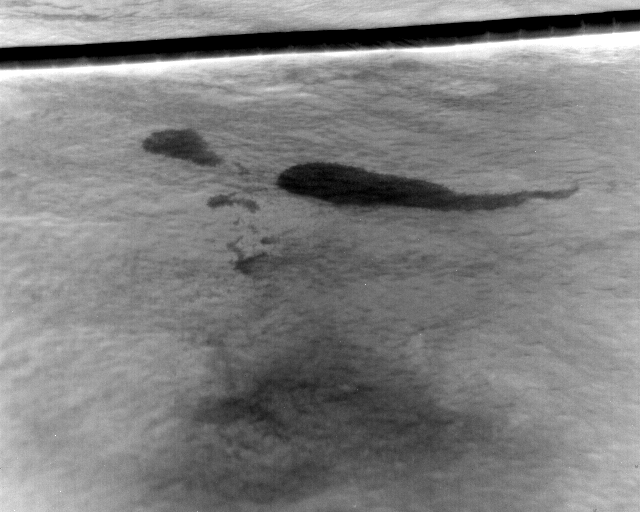The Oil on Water (OOW) Exercise is a collaboration between The Norwegian Oil Spill Association for Operating Companies (NOFO) and The Norwegian Coastal Administration where oil spill preparedness- and recovery technologies are tested and verified on real oil released to the sea in a controlled and approved manner. The overall goal of the exercise was to verify and develop the national oil spill preparedness, and the specific scope for the 2022 exercise was the detection of Marine Gas Oils (MGO) and oils with very low sulfur content (VLSFO). Both oil types create thin films on the sea surface, and a comprehensive remote sensing program was executed in order to have full control of the oil slick with regards to position, extent and drift. Different platforms and sensors were utilized for the purpose: drift buoys, satellite radar (SAR), airplane and drones with side-looking airborne radar (SLAR) and camera, and vessels with infrared (IR) and visual camera solutions like NORBIT Aptomar SECurus.
The tests with the thin gas oils and low-sulfur oils revealed that neither SLAR nor SAR imagery from satellites were able to detect the oil spill on the sea. Only oil spill detection (OSD) radar on the vessels along with thermal and daylight cameras made it possible to have an overview of the oil slick throughout the exercise. This shows that OSD radar in combination with NORBIT Aptomar SECurus is the best technology and solution available on the market to be able to detect the new, thin oil types with low sulfur content.

NORBIT Aptomar’s SeaCOP System to be Demonstrated as Leading Solution for Detecting Oil Spills in Upcoming Oil on Water Exercise
NORBIT Aptomar, a leading provider of integrated situational awareness and environmental monitoring solutions,…

NORBIT attending NOSCA Clean Ocean Cluster – May 2025, Bergen
NORBIT attending NOSCA Clean Ocean Cluster – May 2025, Bergen NORBIT, a global…

NORBIT Aptomar Signs Reseller Agreement with Marine Pollution Control to Enhance Critical Infrastructure Surveillance and Strengthen Marine Oil Spill Monitoring Capabilities
NORBIT Aptomar is pleased to announce a new reseller agreement with Marine Pollution…



